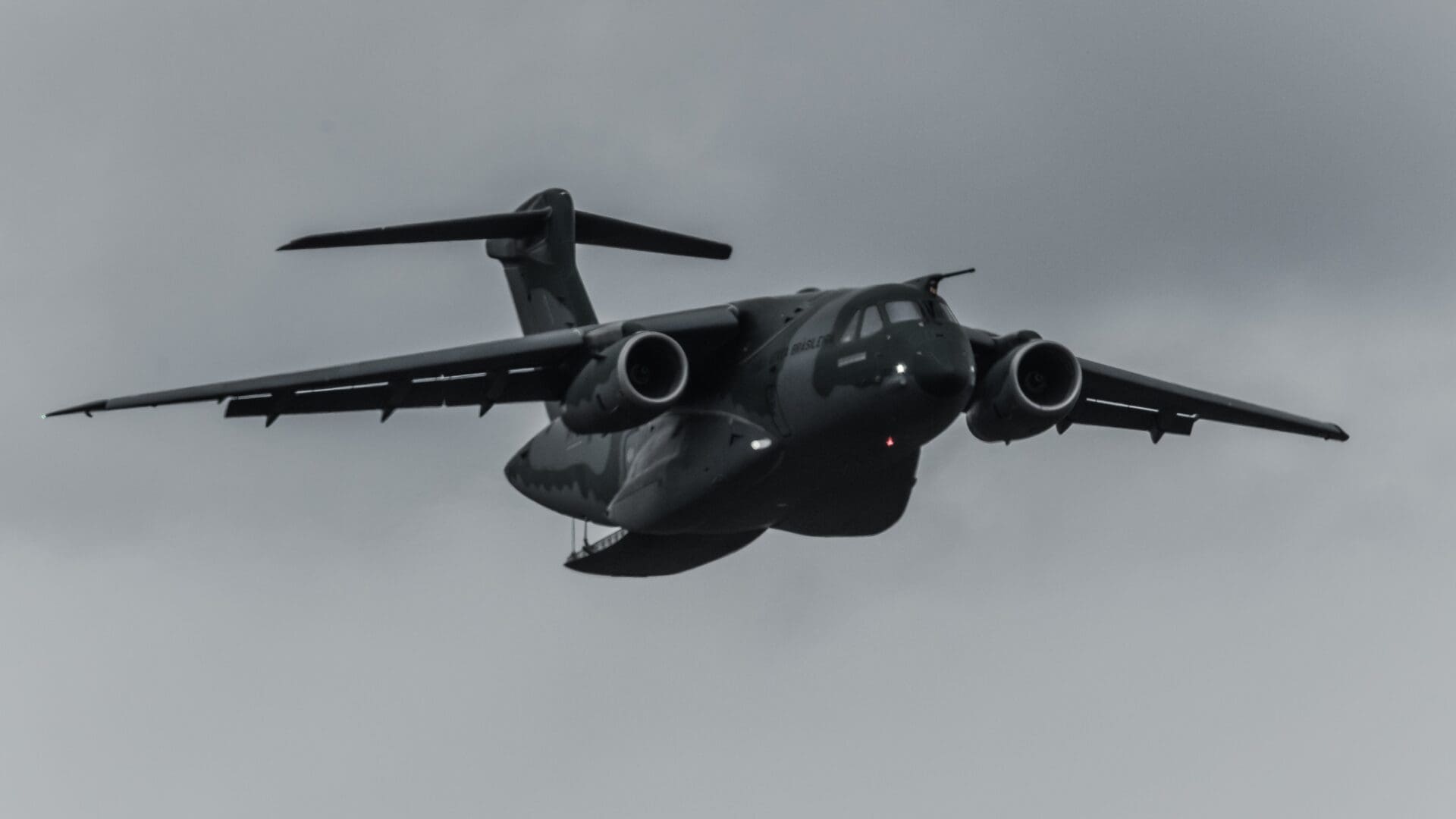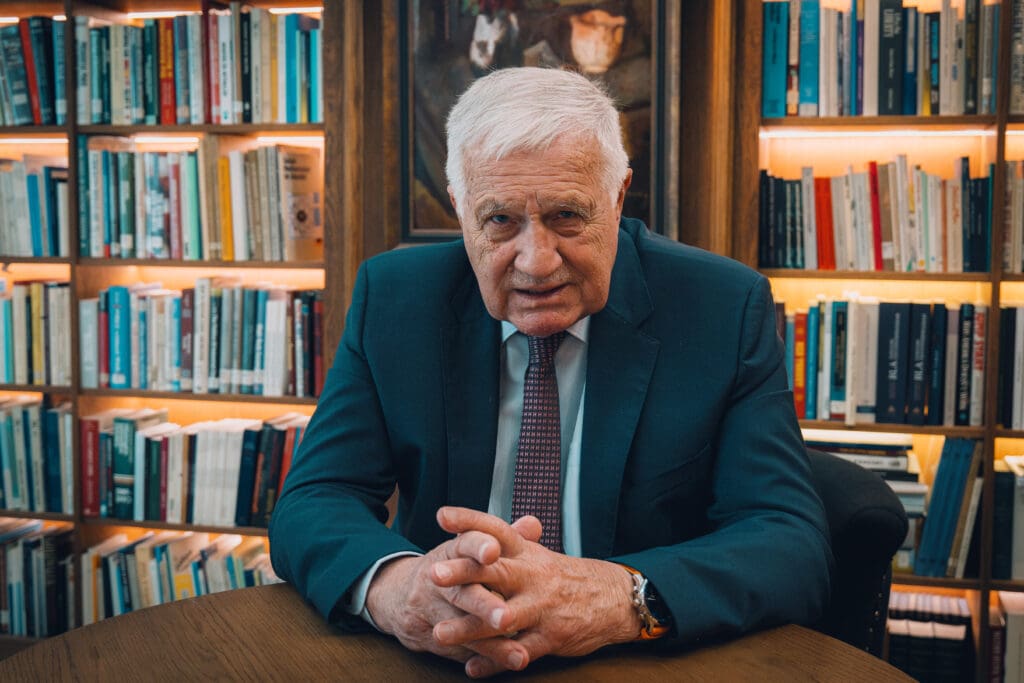Hungary’s rearmament program is progressing well in terms of the purchase of equipment. The country has acquired brand new heavy armaments for its armoured and artillery corps from Germany, replaced its Soviet-era helicopters with French ones, initiated the process of extending its Gripen fighter fleet, and most recently, is upgrading its transport capabilities with two KC-390 transport planes from Brazil.
The first Hungary-bound plane took off on 8 February in Brazil, and the training of the Hungarian crews is underway, with the plane’s delivery expected this year. This latest purchase is the only one in the Hungarian rearmament programme that sources weaponry from outside traditional Western partners, Israel included. It is important to examine the circumstances and geopolitical meaning of this purchase, given that it highlights the Hungarian promotion of Global South ties, Hungary’s broadening connectivity, and its convergence with Brazilian military and political objectives that can boost long-term cooperation between the two countries.
Europe’s rearmament, which started after the Russian invasion of Crimea in 2014, concentrates on capabilities dependent on heavy weaponry. Armour, artillery, anti-tank, and anti-aircraft equipment are among the primary capabilities sought after. These aside, however, the capability of heavy air transportation is important, too. Of course, in Central Europe, NATO countries are provided with this capability by the organization’s Heavy Airlift Wing based in Pápa, Hungary.
Still, member-state armies must possess their own tools for airlifting war materiel and personnel and fast-reacting in civilian crisis situations. Both the necessities of a possible conventional war and of ongoing peacekeeping and antiterrorist missions of European countries call for strategic- and operational-level airlift capabilities. In Hungary’s case the venerable An-26 transport planes, holdovers from the Warsaw Pact times, served until 2020. With the retirement of the Antonovs the Hungarian Defence Forces were left without a plane carrying a cargo ramp, the core element for a military transport plane to take in heavy objects fast. New Falcon X light transports and A319 medium-size cargo planes were purchased for transportation tasks, but none possesses a cargo ramp, thus the An-26 has not been fully substituted.
The Hungarian tender announced for replacing the Soviet-made planes met the commercial ambitions of an emerging power, Brazil.
The Brazilian armament industry, the Embraer aerospace company included, has been a vital tool of Brazilian industrial sovereignty and power projection since the 1970s. This industry suffered setbacks in the global disarmament of the 1990s, but after the start of the ‘Pink Tide’ in Brazil, it came roaring back. With the administrations of Inácio Lula da Silva and Dilma Rousseff the assertion of Brazilian sovereignty and power projection became an important national goal. The Armed Forces were enlarged and strengthened, and new equipment was developed. One of the latest tools of Brazil is the KC-390 cargo plane, designed to operate from unprepared runways and to have a multi-role capability—to serve as a flying intensive care unit in the army, or even an aerial tanker for other planes. As with many other Brazilian weapons since the 1970s, they are also advertised as having a lower maintenance cost compared to, for example, the C-130 cargo plane used widely in NATO countries. With the KC-390s Brazil obviously looks for foreign sales for several reasons. First, they country aims to decrease the unit cost of KC-390s so it would be cheaper for its own Air Force. Second, to make Brazilian airplane production more sustainable; and of course to project soft power by connecting other countries to its military ecosystem.
Hungary took the bold step of being among the first purchasers of the KC-390. Buying a transportation system without a serious operational history takes trust, as there can be possible drawbacks that are yet to be seen in an operational situation. When the Hungarian Defence Forces signed a contract to purchase two KC-390 planes on November 17, 2020, the KC-390 was operational only in the Brazilian Air Force and was only qualified for partial operational status. Undoubtedly, the warm ties of Hungary with Jair Bolsonaro’s conservative government at the time played a certain part in the purchase. It is clear that the plan for the deal must have been started well in advance, probably even before the election of Bolsonaro. Still, the signing of the deal was part of the strengthening relations during the conservative administration in Brasilia. With the convergence of arising Hungarian needs, the maturing of Brazilian aircraft manufacturing and the favourable political climate, the 2020 Hungarian–Brazilian aircraft deal was a logical step. Hungary has sought to broaden cooperation with developing countries in Africa and South America since the announcement of the Opening to the South strategy in 2015. This deal provided the opportunity to acquire valuable equipment while expanding cooperation with South America, thus promoting the goals of its foreign policy strategy.
The foreign policy direction of the current Brazilian presidential administration, while not in total alignment with Hungary, nevertheless bears familiar characteristics: the promotion of armistice talks in the Ukraine war and the rejection of blocs that are forming in the emerging new Cold War. Even if a more antagonistic administration takes over Brazil, the country will not proceed in the direction of being a classic ‘challenger’ power to the West, NATO, or the community of countries that Hungary is part of. In this sense,
choosing Brazil as a supplier is a geopolitically safe choice for a Central European country.
With the upcoming Hungarian mission in Chad needing airlift capabilities in rough conditions and the rising strategic demand for NATO members to have armies with full-scale capabilities, the Hungarian Defence Forces are in great need of the newly acquired planes. Hungary’s KC-390s will be the first planes of the type to be equipped with interior systems designed for the support of an intensive care unit inside the cargo hold. Hungary naturally wants the KC-390 to fulfil a scale of different roles. With the purchase of just two planes, it can use them as a platform for various mission configurations, as a small air force can hardly afford specialized planes for every role. While they arrive from far away, the logistical chain may not be that long because parts of the KC-390 are manufactured by Aero Vodochody, a Czech aerospace manufacturer. It is possible that with the closeness of this industrial base, the maintenance of the Brazilian plane will be easier, too. The deal not only extends global connectivity but also helps military ‘nearshoring,’ the shortening of supply chains.
Budapest took a bold step in this logical cooperation, being the second European customer just after Portugal, the primary European partner of Brazil for historical-cultural reasons. The Hungarian example was followed by other NATO countries, too. Austria, the Netherlands, and Czechia all announced their own deal after Budapest's decision. While there was little operational experience amassed (until 2024, only Brazil and Portugal operated the plane), the technical characteristics of the aircraft are apparently looking good for European air forces, even in competition with other Western-based offers. This is a massive step for Brazil: before the KC-390, only the Tucano/Super Tucano light attack aircraft managed to get from Brazilian factories into Western arsenals in significant numbers.
The first operational experiences are looking promising according to the Portuguese armed forces, which have operated the type on full operational capability since October 2023. The European orders lining up for the KC-390 are a sign that the Brazilian military export offers are significantly maturing and becoming widely valued as a non-European, non-Western source that does not carry heavy geopolitical baggage as other weaponry from countries such as China. The upcoming arrival of the duo of bulky-looking KC-390s signals the strengthening connection between Hungary and Brazil, alongside Brazil's growing global economic footprint.
This connection is made possible—and even imperative—by Hungary's need to build networks across the Global South to achieve its role as a hub of connectivity between Europe and other regions of the world. The Brazilian relationship, while not from the inner ring of Hungary’s allies, is a valuable connection to an emerging power of the 21st century, without a serious geopolitical cost attached. With the arrival of the first cargo plane expected late this year, Hungary and Brazil’s global network will be strengthened and extended, highlighting the constant need for broadening connectivity in today’s world full of geopolitical tensions.
Related articles:








